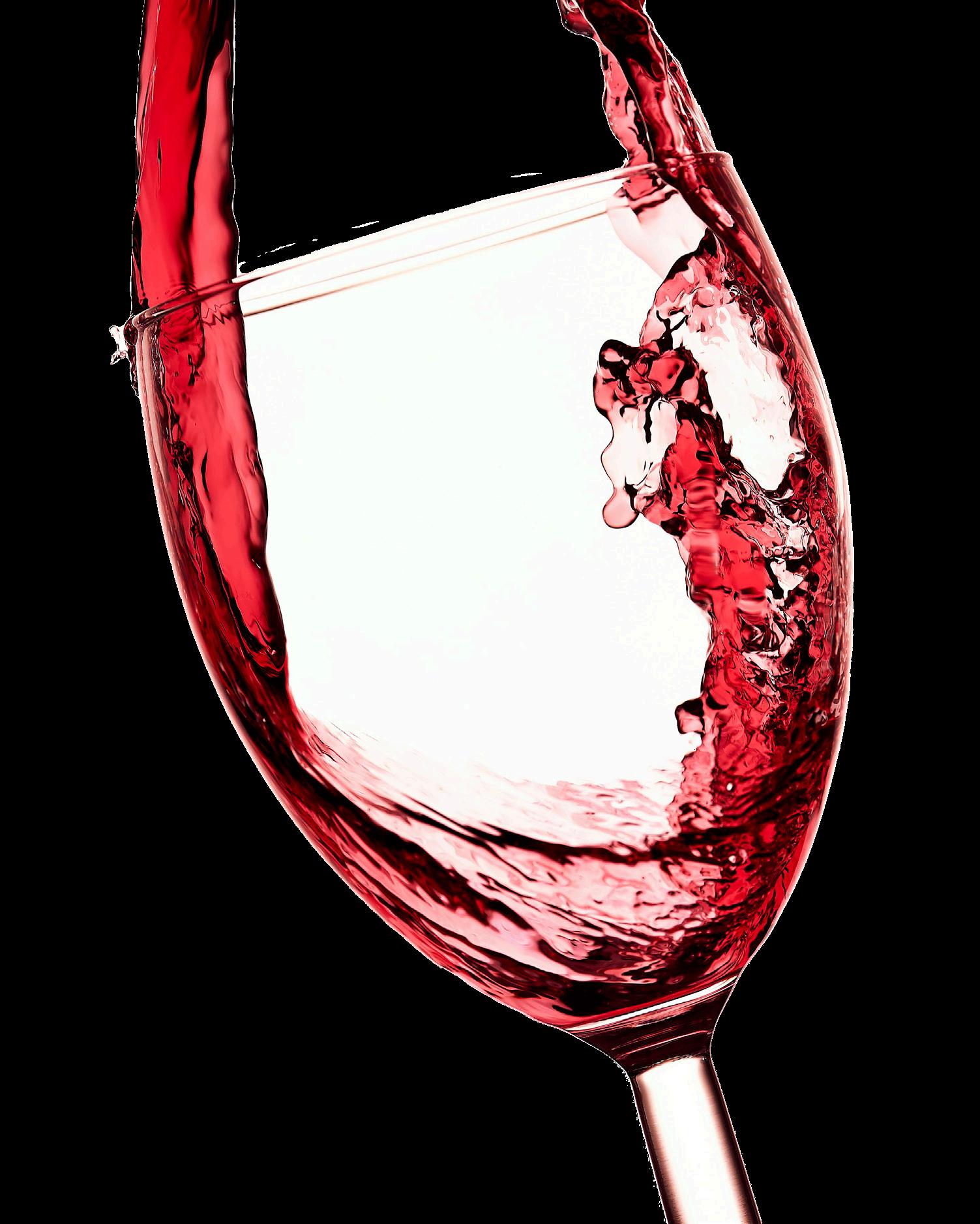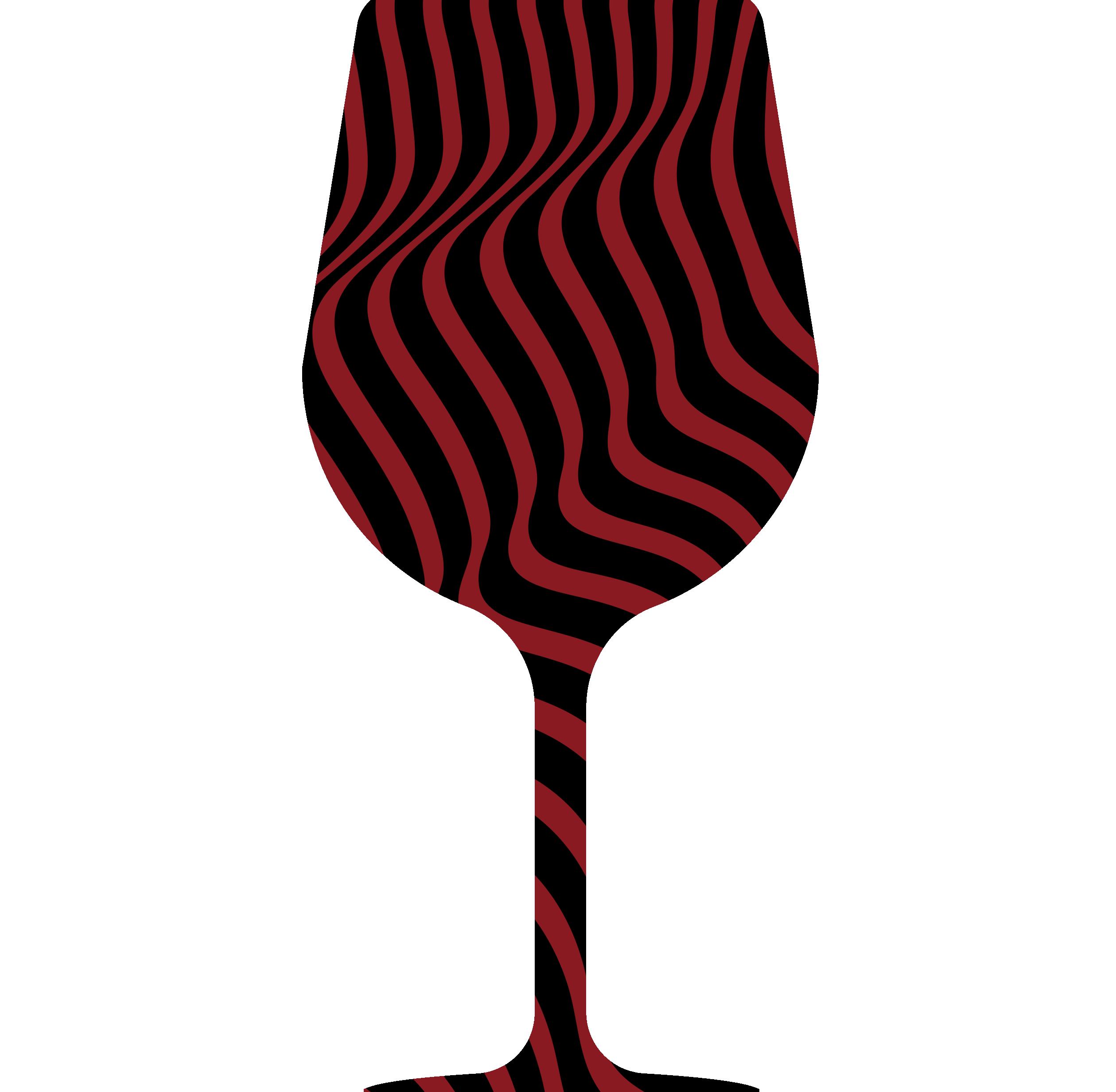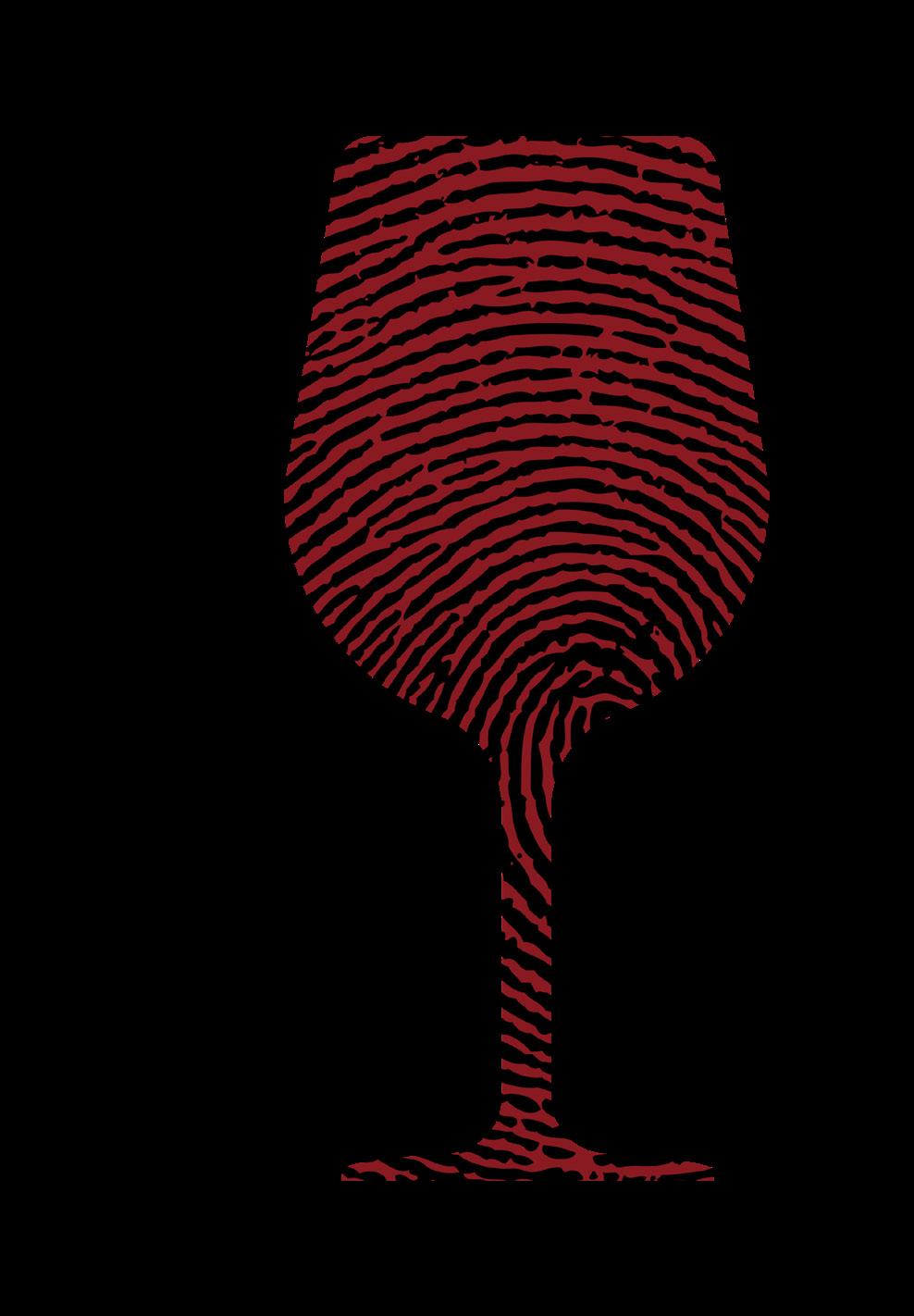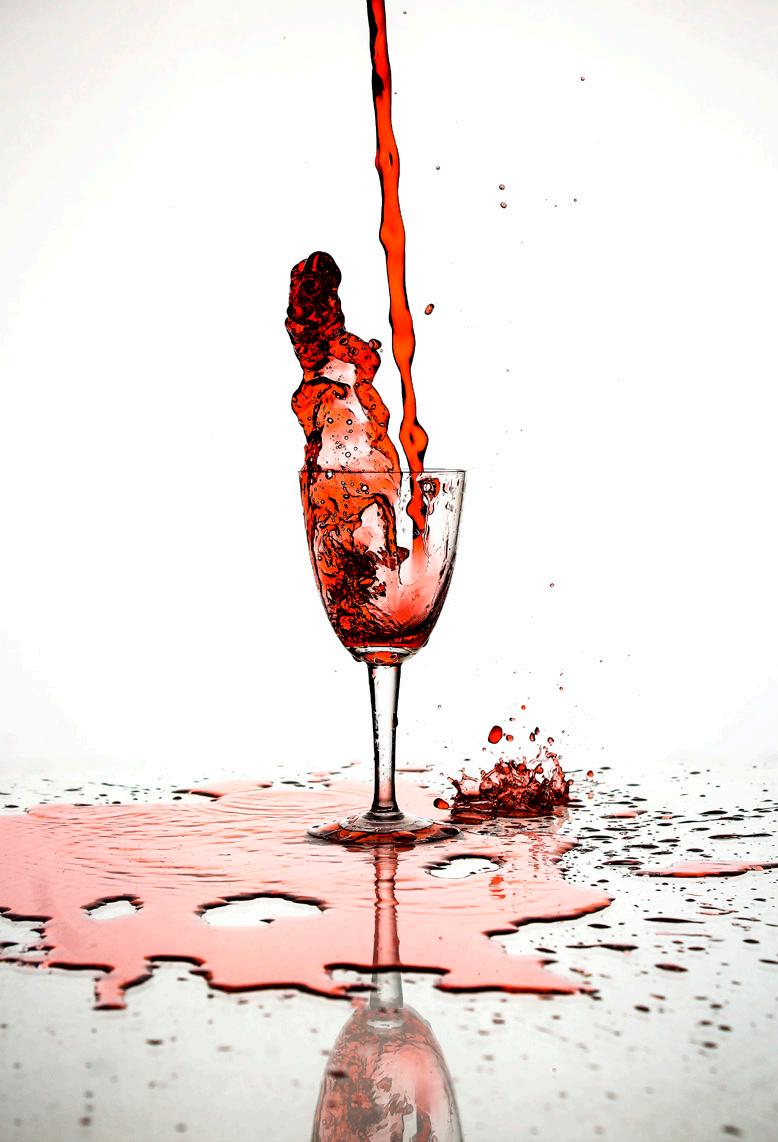
7 minute read
WINE
Wine is an old-age tradition that has been around for centuries. It is a sophisticated drink that takes years to produce to achieve the perfect taste. Every bottle is fermented with science and history.
For those of us who are perpetually hunting for the unusual, the wine world is a mecca of delight. There are thousands of wine varieties, most of which exist in only in specific microclimates. Despite how rare these varietal wines are, they are within reach.
Sound like an opportunity for some delicious discoveries? Absolutely!
“If you tasted a new wine variety each week, it would take you 40 years to try them all.”
Here are six rare red wine grapes that you deserve to know about.
Refosco
Imagine picking blackberries in the forest while drinking coffee from a thermos.
Typical Tasting Notes: Cherry, Dried Blackberry, Resinous-and-Floral Herbs, Espresso, Incense.
Why Refosco is Awesome: For one, Refosco (aka Refošk) is actually a family of grapes, so for the sake of this exploration, let’s stick to one Italian variant called “Refosco dal Penduncolo Rosso.” This grape turns out to be the parent of Corvina, which makes one of the top wines of Italy (that’s Amarone della Valpolicella). Refosco manages to be heady and rich and high acid at the same time. Your tongue will tie knots!
Frappato
Drinking Frappato is like jumping into a giant pool of brightly-colored plastic balls.
Typical Tasting Notes: Pomegranate, Sweet Strawberry, White Pepper, Tobacco, Clove.
Why Frappato is Awesome: Frappato is one of the few red wines out there that doesn’t take itself too seriously. Still, its sweet-smelling fruit flavors and pale red color aren’t something to poo poo. Frappato might actually be genetically related to Sangiovese (Italy’s top red wine, mind you). Plus, it’s perfectly at home growing on a live volcano (Mount Etna in Sicily)!
So, if you’re looking for something to lighten your load (or for a salmon-friendly red), Frappato is your girl.
St. Laurent
Your friends will swear this is Pinot Noir.
Typical Tasting Notes: Raspberry, Blackberry, Mushroom, Baking Spices, Cocoa Powder.
Why St. Laurent is awesome: Everything seems a bit more vibrant (if not slightly off the rails) in Eastern Europe. (If you’ve been there, you know exactly what I’m talking about). St. Laurent is like a bolder, sexier, more bodacious Pinot Noir (although, it’s technically not related).
So, if you’re looking for something that’s “close to home” but pushes your ma’s buttons, pick up a bottle of what we’re calling “The Saint.” (P.S. The Czech spell it “Svätovavrinecké” – how would you pronounce that?).


Listán Negro
Have you ever had anything from the Canary Islands?
Typical Tasting Notes: Red Cherry, Banana, Strawberry, Pepper Spice, Flowery Herbs.
Why Listán Negro is Awesome: Have you ever had ANYTHING from the Canary Islands? I didn’t think so. Enter Listán Negro. This is a wine that is sometimes compared to Grenache, but with slightly less smack-you-in-the-face alcohol.
It’s pretty common to find this grape made with carbonic maceration (thus, the “banana” flavor in some wines), which helps reduce some of the herbaceous-ness. Still, there’s something

ENJOY A GLASS OR BOTTLE IN OUR COZY ATMOSPHERE.


about this grape (and the island) that’s other-worldly. Flavors seem to balance between overly fruity and seriously earthy. It’s no wonder that this wine pops up in “in the know” NYC wine bars.
Baga
It’s cheap rosé when done wrong, but it’s Portugal’s Amarone when done right.
Typical Tasting Notes: Dried Sour Cherry, Blackberry, Earthy Black Currant, Cocoa, Tar.
Why Baga is Awesome: Baga is prolific. This is why Baga is the base grape in one of the world’s most well-distributed, hipster rosés: Matteus. It’s also delicate. This thin-skinned Portuguese variety has recently been taken more seriously by people like Luís Pato and Dirk Niepoort who fight back high yields (and use old vines) to encourage quality. Their work is paying off.
In the glass, fine Baga has all the attributes of the other great collectible red wines of the world. Baga has good phenolic structure (high tannin, anthocyanin, etc), age-worthy acidity (with pH levels around 3.5), and the ability to age gracefully (meaning, it as the volatile acidity and aged compounds like sotolon increase, the wine doesn’t fall on its face).
Xinomavro (“ksino-mav-roh”) If Rioja and Barolo made a baby –
Typical Tasting Notes: Raspberry, Plum Sauce, Anise, Allspice, Tobacco Leaf.
Why Xinomavro is Awesome: If there’s one thing to learn about collecting wines (to drink), it is that a little effort delving into off-the-beatenpath wine countries like Greece and Portugal will result in truly special finds. Xinomavro is one of these wines.
Don’t let the awkward pronunciation scare you (just say “Casino-Mavro” and you’re practically there!) – this grape means serious business. Xinomavro really reminds us of Barolo when done right, but with a slight savory quality that brings up visions of aged Tempranillo. For now, you really need to sit on it for a while to allow those high acids and tannins to calm the heck down!

Here are some fun, weird, and amusing facts about wines.
• Apparently, some people have a “fear of wine,” and it’s called oenophobia. • During the early Roman times, it was forbidden for women to drink wine. Wives who were caught by their husbands drinking wine could be killed if caught in the act. • Women are more susceptible to the effects of wine than men. It’s partly due to biology, as women have fewer enzymes in the stomach lining required to break down alcohol. • In ancient Greece, the host of dinner would take the first sip of wine to assure that the wine served to guests wasn’t poisoned. The act of courtesy was where the phrase “drinking to one’s health” originated. • There are 10,000 varieties of wine grapes existing worldwide. • At a wine-tasting event, it is okay to spit the wine out. When attending such events, it is acceptable to take a sip of wine and hold it in your mouth for a few seconds and then decide to swallow or spit it out. It also allows guests to taste multitudes of wine without getting drunk. • There is a right and wrong way to hold a wine glass. The proper way is to hold by the stem so that the hand does not warm the glass and increase the temperature of the wine.
pan | pæn — gaia | ga
Pan — All-inclusive, especially in relation to the whole of a continent, racial group or religion. Gaia — Mother Earth.
Mission & Vision
PANGAIA is a direct-to-consumer materials science company bringing breakthrough textile innovations and patents into the world through everyday lifestyle products. Every technology they work with aims to solve an environmental problem of the fashion/apparel & nature industry.
They hope to drive these solutions further by making technologies and materials available to companies across different industries. By introducing these innovations, PANGAIA designs materials, products and experiences for everyday and everyone.
The future of color is here—and it’s made using bacteria
Using bacteria found in organisms so small that the average human eye can’t detect, Colorifix is able to create colors from unique places simply by accessing the DNA blueprint within different pigments and, with the help of microbes, turning them into unique colors. From there, the world of color inspired by nature is limitless.
Did you know that our Blue Cocoon color is made with pigments found in silk cocoons, and the Midway Geyser Pink (named after the famous Midway Geyser Basin in Yellowstone National Park) uses pigments around the springs?
Color can be a dirty business
Did you know that the average dyeing process can take up to 5 washes and require high temperatures for 5+ consecutive hours to create the color? And while synthetic dyes are often made from polluting petrochemicals and toxic chemicals, they’re not the only culprit. Natural dyes can still require some sort of chemical process to fix the dyes in place and keep them from fading.




